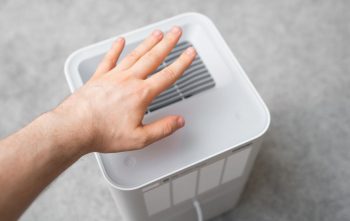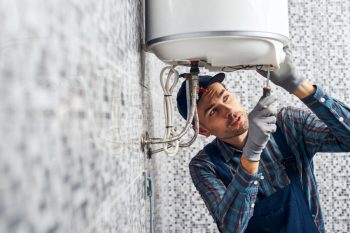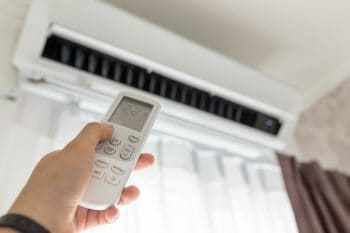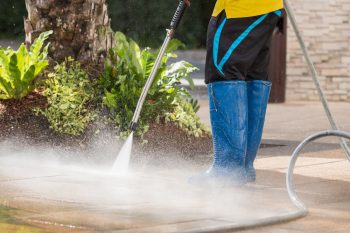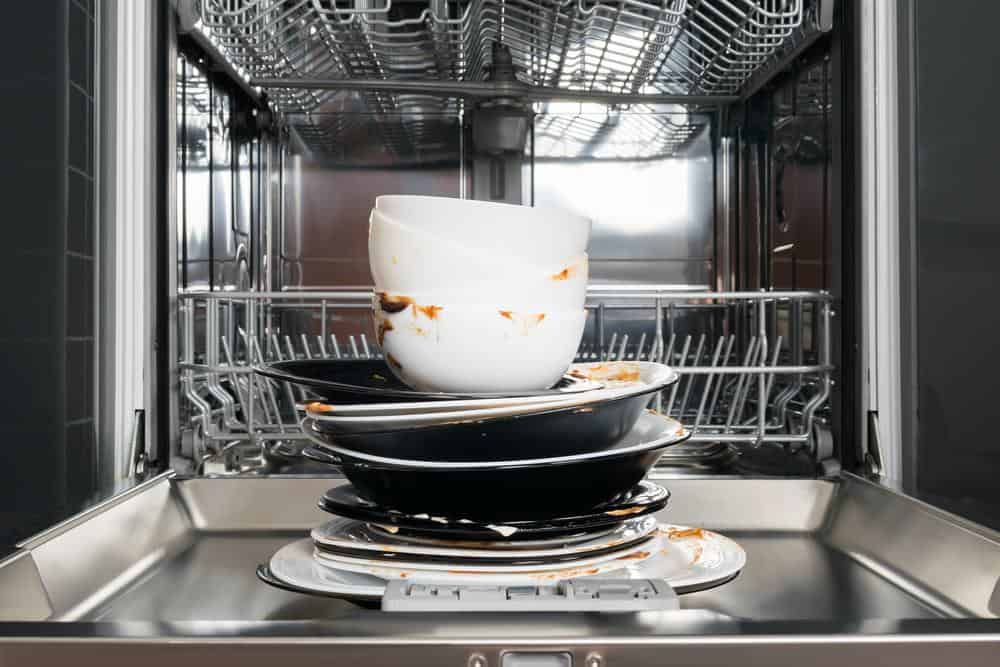
Before diving into the detailed instructions on how to connect a dishwasher drain hose to an air gap, let’s first understand what an air gap is and why it is crucial for dishwasher installation.
To connect a dishwasher drain hose to an air gap, first install the air gap onto your sink or countertop. Then, slip a hose clamp over the end of the dishwasher drain hose and attach it to the small side of the air gap fitting, securing it with the clamp. Next, attach a rubber hose from the larger side of the air gap to the garbage disposal inlet, using hose clamps to secure both connections.
What is an Air Gap and Why is it Necessary?
An air gap is a device that prevents contaminated water from re-entering the dishwasher from the drain via backflow. It is a fitting mounted about two inches above the sink and serves as a simple way to ensure that wastewater and contaminants never re-enter your clean water supply. The necessity of an air gap for a dishwasher installation depends on your local plumbing code. Many plumbing codes mandate dishwashers to drain via an air gap fitting. In some areas, an air gap is required by law, while in others, alternative methods like a looped drain hose may be allowed.
Tools and Materials Needed
To connect a dishwasher drain hose to an air gap, you will need the following tools and materials:
- Dishwasher drain hose
- Air gap
- Hose clamps
- Adjustable wrench
- Plumber’s tape (Teflon tape)
- Phillips screwdriver
- Hacksaw or PVC cutter (optional)
Connecting a Dishwasher Drain Hose to an Air Gap: A Step-by-Step Guide
- Preparation: Disassemble the air gap kit. Adjust the bottom retainer nut for sink thickness.
- Install the air gap: Insert the air gap through the hole in your sink or countertop. Secure the air gap to the sink or countertop.
- Connect the dishwasher drain hose: Slip a hose clamp over the end of the dishwasher drain hose and slide the hose onto the small-diameter side of the air gap fitting. Tighten the hose clamp to secure the connection.
- Connect the air gap to the garbage disposal: Attach another hose clamp to the end of a rubber hose that will connect the air gap to the garbage disposal. Slide the rubber hose onto the larger-diameter side of the air gap fitting. Tighten the hose clamp to secure the connection.
- Connect the rubber hose to the garbage disposal: Attach the other end of the rubber hose to the garbage disposal inlet, using another hose clamp. Tighten the hose clamp to secure the connection.
Safety Precautions
When performing this task, it is essential to take safety precautions to prevent possible accidents. Understand the correct operating procedures and safety precautions before operating a piece of equipment. Be responsible for your own safety and the safety of others. Identify hazards and stay alert. Comply with safety rules, procedures, regulations, and standards.
Ensuring a Tight and Leak-Free Connection
To ensure a tight and leak-free connection between the dishwasher drain hose and the air gap, install the air gap properly, use the correct size hoses, secure the hose connections, check for clogs and obstructions, create a high loop, and perform regular maintenance.
Potential Issues or Complications
While connecting a dishwasher drain hose to an air gap is straightforward, complications might arise. These include clogged drain hoses, leaking connections, incorrect hose sizes, or improper installation of the air gap. To address these complications, ensure that you follow the installation instructions carefully, use the correct size hoses, secure all connections properly, and regularly check for clogs or leaks.
Alternative Methods
If your local building codes allow it, you can use alternatives to an air gap, such as a high loop installation, a check valve, or a standpipe. These methods serve the same purpose as an air gap, which is to prevent backflow and ensure a hygienic and odor-free cleaning process.
By following these steps, you can successfully connect a dishwasher drain hose to an air gap, ensuring a safe and efficient dishwasher operation.
Frequently Asked Questions
What is the purpose of a hose clamp in this installation process?
A hose clamp is used to secure the hoses to the air gap and garbage disposal inlet. It ensures a tight and leak-free connection between these components.
What is the role of the plumber’s tape in this process?
Plumber’s tape, also known as Teflon tape, is used to seal pipe threads to prevent leaks. While it may not be necessary in every installation scenario, it provides an extra layer of leak prevention when used.
Can I connect the dishwasher drain hose directly to the garbage disposal without an air gap?
While it is technically possible to connect the dishwasher drain hose directly to the garbage disposal, it is not recommended because it bypasses the air gap, which is a crucial safety device that prevents backflow contamination. However, your local plumbing codes may allow for alternatives like a high loop installation if an air gap is not feasible.
What should I do if my dishwasher drain hose is too short to reach the air gap?
If your dishwasher drain hose is too short, you can use a hose extension or a replacement hose that is longer. Ensure that the new hose is of the correct diameter to fit the air gap and the dishwasher drain outlet.
How often should I check for clogs or leaks?
It’s recommended to check for clogs or leaks every few months or if you notice any signs of trouble, such as water pooling under your sink or dishwasher, or if the dishwasher isn’t draining properly. Regular maintenance can help prevent major issues down the line.


